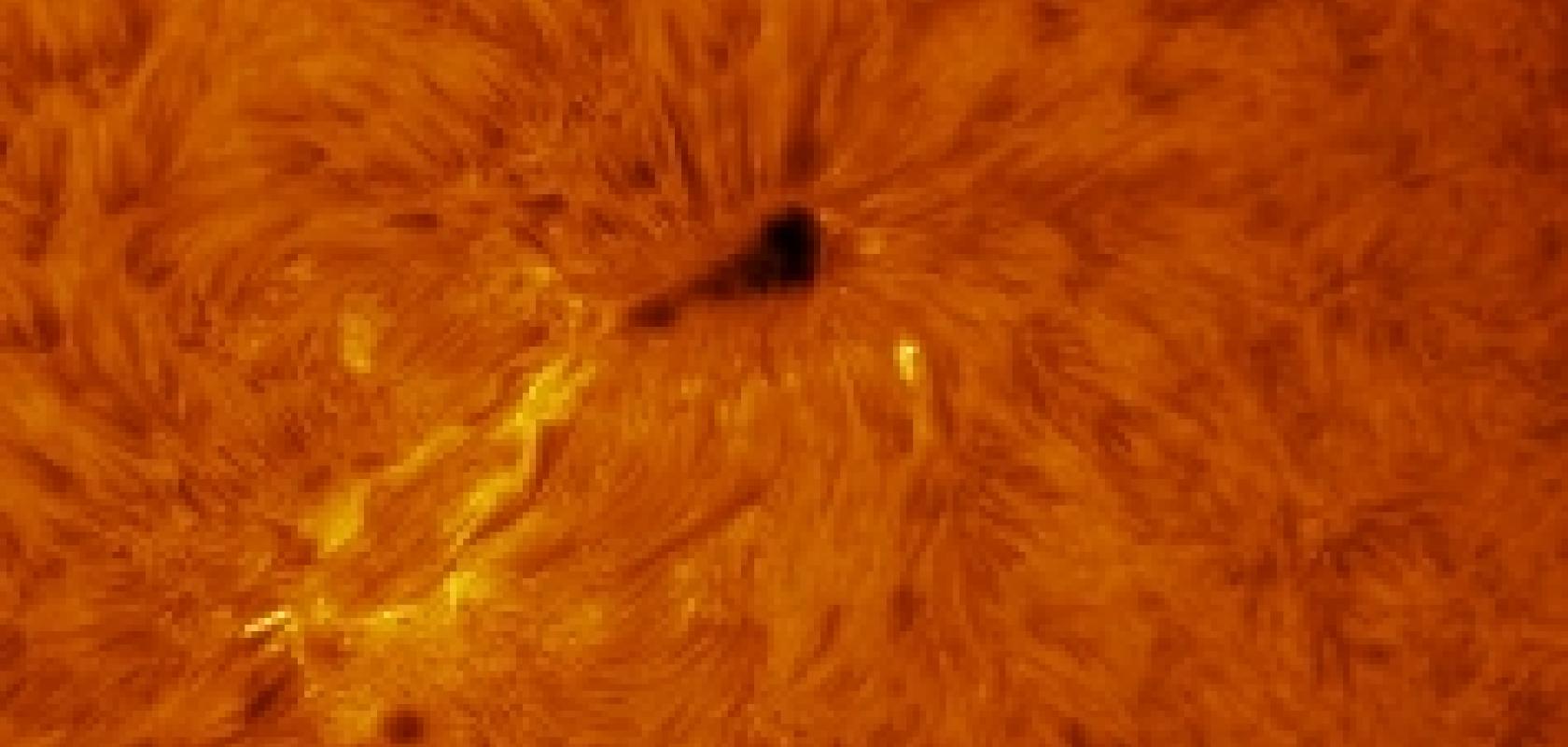A British amateur astronomer has turned to machine vision company Multipix Imaging to provide a camera for taking pictures of the sun. The astronomer is using a telescope fitted with optical filters for solar chromospheric imaging in the hydrogen-alpha waveband at 656.28nm.
The setup used a Basler Ace camera with an IMX174 CMOS sensor, which had a pixel size to give the image quality and resolution required for imaging features at the scales of interest within the solar chromospheres.
The camera provides fast frame rates (up to 155fps, but typically 93fps in his application) and rapid shutter speeds (typically 6ms on the telescope), which means that much of the atmospheric turbulence is frozen on each frame. This helps when further processing using image stacking software commonly used for solar image processing.
The dynamic range and sensitivity are excellent, allowing surface details and faint prominences to be captured within the same shot, so double exposure composites to display these features are not always necessary.
The astronomer, Dr Stuart Green, commented: ‘I was a bit concerned that the CMOS chip would display Newton’s rings [a refraction/reflection phenomenon of concentric rings]. However, I have found these to be minimal to zero and, if present, can be overcome with very slight tilting of the camera in the eye piece. This is certainly the best camera I’ve used for solar imaging, including CCD.’
Related articles:
One billion pixels, one billion stars - From the ESA Gaia mission to survey one billion stars, which is due to launch this month, to photographing the sun, Greg Blackman looks at some of the imaging technology used in astronomy
Further information:


